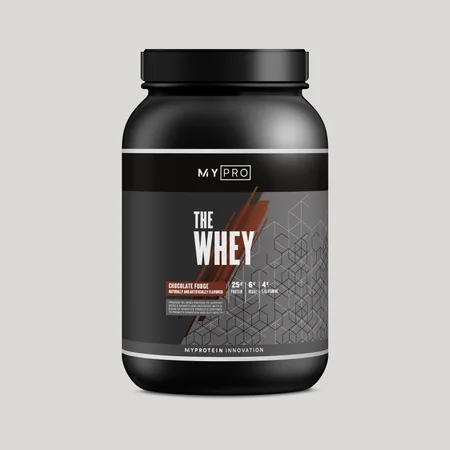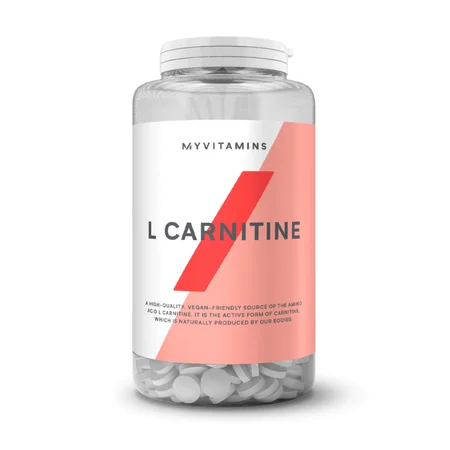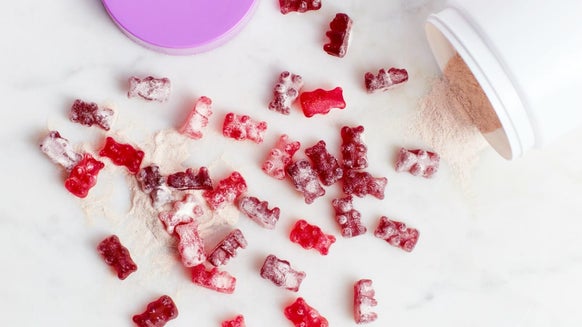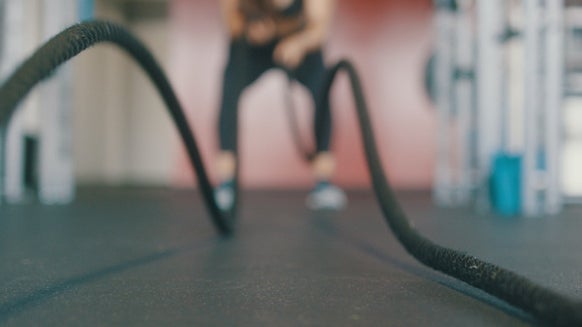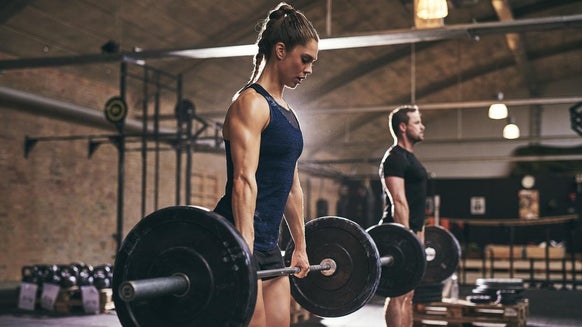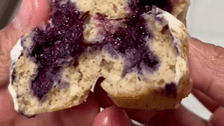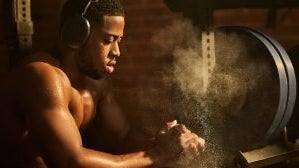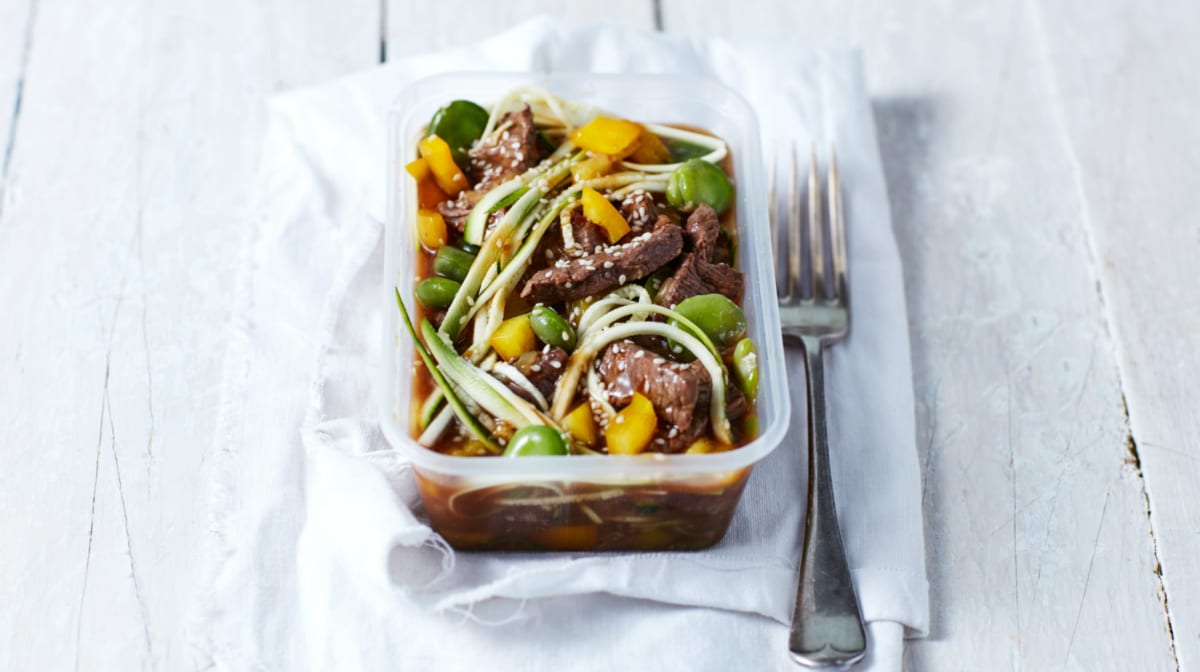
Do your fitness goals revolve around gaining muscle and/or losing fat?
Especially in the bodybuilding and physique community, bulking and cutting are integral for effectively building a good amount of muscle to then burn as much fat as possible and expose what you have built over the past months.
For veteran lifters it is easy to know when bulking and cutting should begin as well as how to start a new diet. For beginners to the gym though (usually those with less than six months experience), it might be confusing to look at yourself objectively and determine if you need to focus on primarily gaining muscle or burning fat first.
This article will be aimed at beginners to lifting that aren't quite sure if they should cut or bulk first, and after their first cut/bulk, when to begin the other.
When To Bulk
When you begin lifting weights as a beginner you usually won’t have a large amount of muscle mass to show if you were to cut. This is why, up until a reasonable degree of body fat, bulking is important as a newbie as these are your prime months to gain a huge amount of muscle and strength when done correctly (which includes both diet and training).
The cut off should be around 15-20% body fat for men and around 25-30% for females, wherein anyone who is above these body fat percentages should most likely start with a cut. Because your body will be so new to training from your muscles to your central nervous system, simply using proper form, progressive overload and getting in enough volume for the week will give almost immediate results that you’ll be able to see and experience. To clarify, proper form should be defined as a full range of motion, slow and controlled reps, squeezing and feeling the muscles you should be working, and no momentum/swinging your body or the weights.
A progressive load is consistently adding weight and reps to your workout in a daily and methodical way. A good example of this would be starting with a weight that is pretty light for you on the bench press (maybe around 60% of your one rep max) for five sets of five reps(5x5) and adding five pounds the next time you bench press for as long as you can. Hopefully, by the time the weight begins to get difficult, you will be doing 5x5 with a weight you wouldn’t have been able to do when you first began.
High reps have their place in a hypertrophy based program, but beginning your workouts with heavy compound lifts (bench press, back squat, deadlift, bent over row, and overhead press) are essential to maximizing your bulking gains. Of course, bulking is more than proper training, it is mostly what you decide to do with your diet. We always hear about those who “dirty bulk”, meaning they eat whatever they want as long as they are getting enough calories in to keep progressing in the gym (whether the calories are from poptarts, ice cream, or pizza). This is most definitely not ideal if your priority is to maximize muscle gain and minimize fat gain as while you will progress, you will be gaining way more fat than you need which will only make your next cut harder.
Unfortunately, you will gain fat when you bulk in about a daily 500 calorie surplus, but there are ways to keep this to a minimum. As a basic rule of thumb, the 80/20 rule (also known as flexible dieting) should be utilized by most to achieve this, which is quite simple when being cognizant of what you eat.
Basically, 80% of your food should come from healthy and high-quality foods such as lean meats, fruits, veggies, complex carbs (rice, grains, legumes, starches etc.), and healthy fats. The other 20% can be from unhealthy, fatty and sugary foods that you wouldn’t usually eat on a “clean” diet. This ratio should give you enough protein, healthy carbs and fats, as well as a wide spectrum of micronutrients so that when you do have that 20% from candy or some pizza it will have a minimal impact on how much fat you gain over the course of a bulk compared to if the ratio was reversed.
When To Cut
Luckily, not much is different for starting or transitioning to a cutting diet. Whether you begin lifting above the recommended body fat levels to start off bulking or have reached it after months of bulking, a lot of the concepts are exactly the same. The main reason why you’d want to begin a cut is that you’ve spent a good while building muscle and feel you’ve either gained too much fat (and/or want to see where your physique is at with a lower body fat level), or that you are beginning lifting and have a good amount of fat to lose in the first place.
If a bulk is when you have a daily surplus of calories (anywhere from 200-1000), a cut is exactly the opposite with a calorie deficit. Your goal is to lose around 0.5 to 1 pound a week, hopefully mostly from fat. Finding out your daily caloric needs isn't too difficult for either cutting or bulking, as many online resources exist that can answer this for you with decent accuracy. The scale and mirror will be your best judge of how many calories you need a day though. For example if the calculator says you need to eat 2000 calories a day to lose one pound a week, but you are only losing less than half a pound, you will need to take control of this number and experiment whether you drop 100 calories or add cardio to get back to one pound of weight loss a week.
The same goes for bulking, if you are gaining too much weight too fast on a calorie count the calculator tells you to consume, maybe try a different one on another website or lower your calories to where you need as to not gain too much fat to fast. Your training honestly doesn't have to change from when you're bulking. As long as you are still using good form, you should try to keep gaining strength for a long as you can. When the lack of energy eventually prevents this, work to keeping the strength you have by continuing to lift heavy and keeping the same volume (reps and sets) as well as the same split/routine.
As for those who are beginning to cut with zero lifting experience, flow the above bulking plan and you will be in the rare situation where you can gain muscle, and lose fat for hopefully a decent amount of time. As for your diet, the 80/20 rule should always apply for those looking to feel and look as good as they can. The only thing that will be different will be how many calories you consume. Counting your calories while bulking isn't always essential when you have a good grasp on how much you are eating, but dieting is not the same.
Cutting out a large amount of calories will make it very difficult to hit your protein requirements for the day (usually about one gram per pound of bodyweight). This is when getting familiar with a calorie counter app or online program will be very important to stay precise and accurate on a daily basis. Always remember though, this should never control your life. Once you get used to counting calories and lifting often, bulking and cutting will actually be fun as you watch yourself either get stronger and bigger in all the right areas, or watching yourself get leaner and more defined to show off what you have worked for.
Take Home Message
Of course, much more goes into successfully bulking and cutting completely, but these basics will get you started and give you a lot of great beginner advice. Some of the important points to remember include:
? You should probably bulk if you are below 15-20% body fat (25-30% for women) and don't have much muscle to show if you did cut.
? Your training should consist of good form, correct volume (not too many or too few reps and sets a week per muscle group), and always trying to lift heavier in some aspect when possible.
? The 80/20 rule is very effective for professional and amateur lifters to hit their daily calories/macros/micros while still letting them indulge just enough every day to not cheat.
? Cutting is very similar to bulking in that your training and diet should not change very drastically besides lowering calories to a deficit and accepting when you get weaker but continuing to lift as heavy as you were when you were bulking, even if the weight is going down slightly.
? Counting calories will never be a bad idea whether you are bulking or cutting, but is much more important when cutting then when bulking (almost essential if you want to cut correctly and effectively).
? Most importantly, don't let this run your life, it should be rewarding to see yourself make progress and sticking to something 99% of others cannot!

Alice Pearson is a UKVRN Registered Associate Nutritionist and UK Anti‐Doping accredited advisor, having obtained a Bachelor’s of Science in Nutrition and a Master’s of Science in Sport Nutrition. She has a specialist interest in the use of sports supplements for improving health, fitness, and sport performance. Alice has experience working with both amateur and elite athletes, including providing nutritional support to Tranmere Rovers FC and Newcastle Falcons Rugby Club. Her nutritional guidance is always supported by evidence‐based research, which she keeps up to date through continuing professional development and independent learning. In her spare time, Alice loves travelling, hitting the gym, and getting stuck into a good book. Find out more about Alice's story here.

